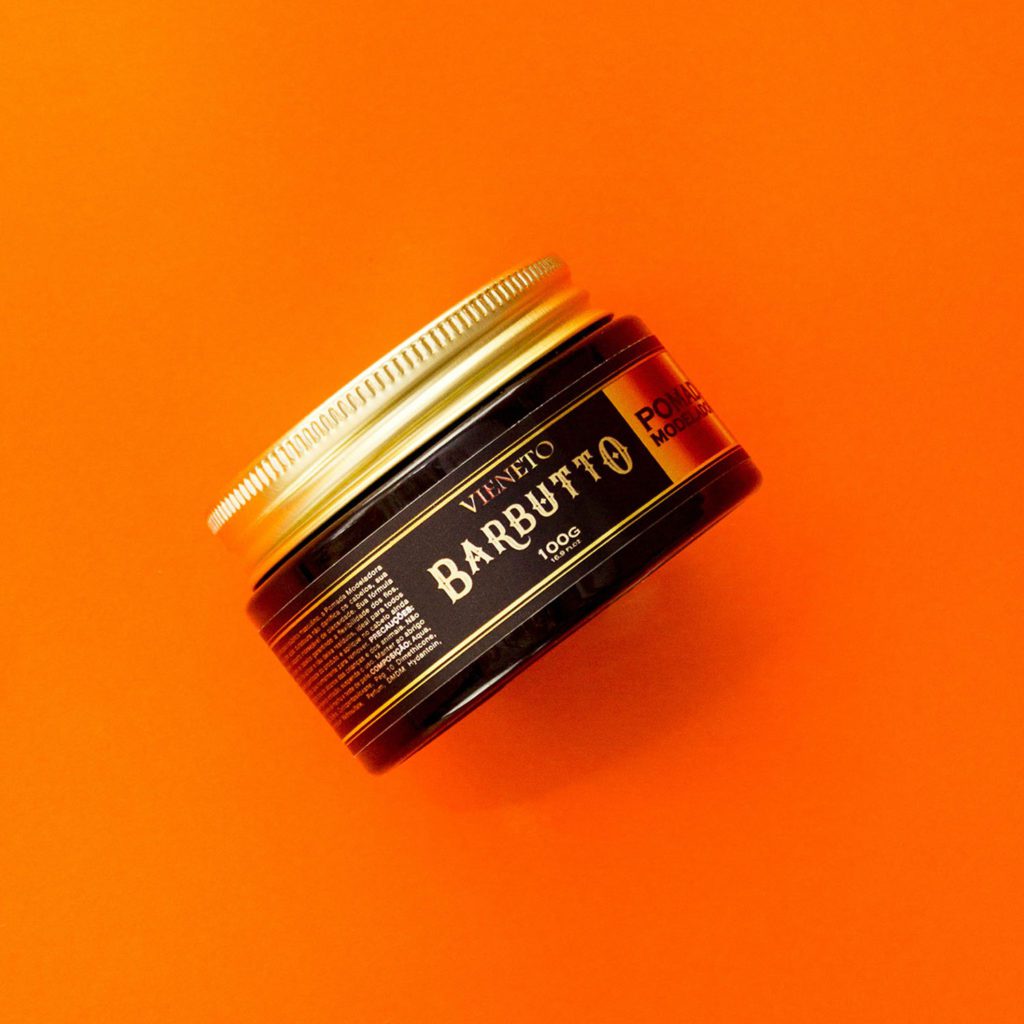What Makes People Click?

In today’s digital age, social media has become an integral part of everyday life. Whether it’s scrolling through news feeds, liking posts, commenting on photos, or sharing content with friends and family, social media engagement shapes how we interact with the world online. But have you ever wondered why some posts go viral, while others barely get noticed? What drives the engagement—the likes, shares, and comments, that makes one post stand out while another fades into obscurity? The answer lies in psychology.
Understanding the psychological triggers that influence social media engagement can empower marketers, businesses, and content creators to optimise their strategies and attract more interactions. By uncovering the mental mechanisms that compel us to engage with certain content, we can better understand what makes people click.
The Role of Psychology in Social Media Engagement
At its core, social media engagement is driven by fundamental psychological principles. Human behaviour is influenced by a complex array of emotions, cognitive biases, social validation, and neurological responses. Social media platforms take advantage of these psychological aspects to keep users hooked, encouraging them to interact and stay engaged.
An Example
One notable example of a marketing campaign that effectively utilised psychological triggers is Coca-Cola’s “Share a Coke” initiative. Launched in Australia in 2011, this campaign replaced the traditional Coca-Cola logo on bottles with 150 of the most popular names in the country. This personalisation created a more intimate connection between the brand and its consumers, encouraging purchases and social sharing. The campaign led to a 7% increase in Coke consumption among young adults and significantly boosted customer interaction across social media platforms.
The success of the “Share a Coke” campaign can be attributed to its use of the psychological principle of personalisation, which fosters a sense of individual recognition and connection to the product. By seeing their own names—or those of friends and family—on Coke bottles, consumers felt a personal bond with the brand, making them more likely to engage and share their experiences online. This strategy not only increased sales but also enhanced brand loyalty and social media engagement.
This campaign exemplifies how understanding and leveraging psychological triggers, such as personalisation, can lead to highly effective marketing strategies that resonate with consumers on a personal level, driving both engagement and sales.
Let’s take a deep dive into some of the most compelling psychological triggers that drive social media engagement.
1. The Dopamine Effect: Instant Gratification
One of the most powerful psychological factors behind social media engagement is the release of dopamine, often referred to as the brain’s “feel-good” chemical. Dopamine is responsible for feelings of pleasure, reward, and motivation. Every time we receive a like, comment, or share on a post, our brain releases a small burst of dopamine. This creates a pleasurable feeling and reinforces our behaviour, encouraging us to continue engaging with content.
This phenomenon is known as “variable reward scheduling.” It’s a form of reinforcement similar to how slot machines work. The unpredictability of when and how much engagement a post will receive—whether it’s one like or a hundred—keeps users coming back for more. The brain craves this uncertain but rewarding feedback loop, which leads to addictive social media usage patterns.
For businesses and content creators, understanding the dopamine effect means crafting content that encourages quick and easy engagement. Interactive features like polls, questions, or calls to action that prompt immediate responses can accelerate the feedback loop, keeping the audience hooked and increasing social media engagement.
2. The Need for Social Validation
Humans are inherently social creatures, driven by a deep-seated desire for approval and belonging. Social media engagement taps directly into this psychological need. Every like, comment, share, or follow represents a form of social validation. When users engage with a post, they are seeking recognition and approval from others. This behaviour is rooted in the concept of social proof, a psychological principle where individuals look to others for cues on how to behave or what to value.
When users see content that already has high engagement—whether through likes, shares, or comments—they are more likely to engage with it themselves. This creates a snowball effect where content that garners attention continues to receive more attention. Influencers and brands often showcase large follower counts, testimonials, or reviews to establish credibility and trust.
Content creators and brands can maximise social validation by creating shareable content that resonates with the values, interests, or emotions of their audience. When users feel personally connected to content, they’re more likely to interact with it, reinforcing their sense of belonging.
3. The Power of Emotional Content
Emotions are one of the most significant drivers of social media engagement. Research consistently shows that posts that evoke strong emotional responses—whether joy, surprise, anger, or sadness—are more likely to be shared. Emotional content prompts an immediate, visceral response that compels users to act.
For example, heartwarming stories or inspirational messages tend to perform well because they evoke positive feelings. Conversely, controversial or shocking content can spark debates and discussions, leading to heightened engagement. The key is to create content that resonates emotionally, whether by making people laugh, cry, or feel inspired to take action.
Marketers can leverage emotional storytelling by crafting content that connects with audiences on a deeper level. By understanding the emotional triggers of their target audience, they can create more impactful and engaging posts that drive interactions.
4. The Fear of Missing Out (FOMO)
The fear of missing out, or FOMO, is another powerful psychological driver behind social media engagement. People experience anxiety when they feel disconnected from trends, news, or exclusive opportunities. This fear encourages users to check their social media accounts frequently and engage with content before it disappears.
FOMO is particularly effective when there’s a sense of urgency involved. Limited time offers, countdowns, and exclusive content that requires immediate action can drive users to engage with content faster and more frequently. For instance, live streams, flash sales, or early access promotions tap into this fear, compelling users to act before they miss out on an opportunity.
Brands can use FOMO to their advantage by creating campaigns that emphasise exclusivity or time-sensitive opportunities. Whether it’s offering a discount for a limited time or providing early access to new content, FOMO can significantly boost social media engagement.
5. The Reciprocity Principle
The principle of reciprocity is a psychological concept that suggests people are more likely to give back when they receive something. This principle is evident on social media, where engagement is often reciprocated. When users receive a like, comment, or share from a brand, influencer, or fellow user, they feel obligated to return the favour.
This creates a cycle of mutual engagement where both parties benefit from increased visibility and connection. Brands that actively engage with their followers—whether by liking posts, responding to comments, or featuring user-generated content—can foster a sense of reciprocity that drives higher engagement levels.
The key to using reciprocity effectively is authenticity. Simple gestures like acknowledging comments or showing appreciation for user contributions can go a long way in encouraging ongoing interaction.
6. The Curiosity Gap: Creating Intrigue
Humans are naturally curious creatures. We are driven by the desire to fill knowledge gaps and seek out new information. This curiosity can be harnessed to encourage social media engagement, especially when content teases information without immediately giving it away.
The curiosity gap is often seen in the use of clickbait headlines, intriguing titles, or teaser content. When users come across a post that promises valuable or intriguing information but doesn’t immediately reveal the details, they are more likely to engage in order to satisfy their curiosity.
For example, headlines like “You Won’t Believe What Happened Next!” or “The Secret to Social Media Success Revealed!” create anticipation and compel users to click, comment, or share. However, it’s essential for content creators to ensure that their posts deliver on the promises made in their headlines. Failing to do so risks damaging trust and credibility with their audience.
7. The Role of Visual Appeal
Visual content is one of the most powerful tools for driving social media engagement. Studies show that posts containing images, videos, or infographics consistently receive higher engagement rates compared to text-only posts. This is because the human brain processes visual information faster than text, making visuals more engaging and memorable.
High-quality images, dynamic videos, and visually appealing graphics can significantly enhance the attractiveness of social media posts. Colours, fonts, and overall design all contribute to the aesthetic appeal of content. Platforms like Instagram, TikTok, and Pinterest emphasise the importance of visual content, making it crucial for content creators to incorporate visuals into their posts to boost engagement.
8. The Bandwagon Effect: Social Influence
The bandwagon effect refers to the psychological phenomenon where people tend to adopt behaviours or opinions because they perceive that others are doing the same. On social media, this is evident when users engage with trending hashtags, viral challenges, or popular discussions simply because others are participating.
Brands can capitalise on this by joining in on trending conversations, using popular hashtags, or participating in viral challenges. Collaborating with influencers and encouraging user-generated content can amplify this effect, leading to increased engagement as more people jump on the bandwagon.
9. The Scarcity Principle: Creating Perceived Value
Scarcity is a psychological trigger that makes people perceive something as more valuable when it is limited in availability. This principle plays a significant role in driving social media engagement.
When users believe that an opportunity is rare or fleeting, they are more likely to engage with it. This can be seen in campaigns that emphasise exclusivity, such as “Only 100 Spots Left!” or “Offer Ends Tonight!” The sense of urgency encourages users to act quickly, resulting in higher engagement.
10. The Zeigarnik Effect: Unfinished Stories
The Zeigarnik Effect suggests that people remember incomplete tasks better than completed ones. This principle can be used on social media to keep users engaged by presenting content that feels unfinished or poses open-ended questions.
For example, ending a post with “What do you think? Comment below!” or creating multi-part content that leaves users eagerly awaiting the next instalment encourages continuous interaction. The need to resolve the unfinished narrative keeps the audience invested and engaged.
Ethical Considerations in Using Psychological Tactics
While leveraging psychological principles can significantly enhance social media engagement, it’s important to do so ethically. Manipulative tactics, such as misleading clickbait or fake social proof, can damage credibility and erode trust. Brands and content creators should prioritise creating genuine, authentic connections with their audience, rather than exploiting psychological triggers for short-term gains.
The Future of Social Media Engagement
The psychology behind social media engagement is complex yet fascinating. By understanding the mental triggers that drive online interactions, businesses, marketers, and content creators can craft more effective and engaging strategies. As social media platforms continue to evolve, staying informed about emerging psychological trends and ethical marketing practices will be key to long-term success.
Ultimately, meaningful social media engagement stems from authentic connections, valuable content, and a deep understanding of the psychological factors that motivate people to click, like, share, and comment. By tapping into these principles in a responsible and ethical way, we can foster a more engaged and loyal online community.
4 Day Fully Funded Digital Marketing Training Programme
At Qualia we currently have a Digital Marketing 4 Day Fully Funded Training Programme to those in West Yorkshire where you will be taught on social media engagement alongside other digital skills such as content creation, digital marketing techniques and SEO.
If you are interested feel free to contact us at [email protected]
For more information about this 4-day course click here









